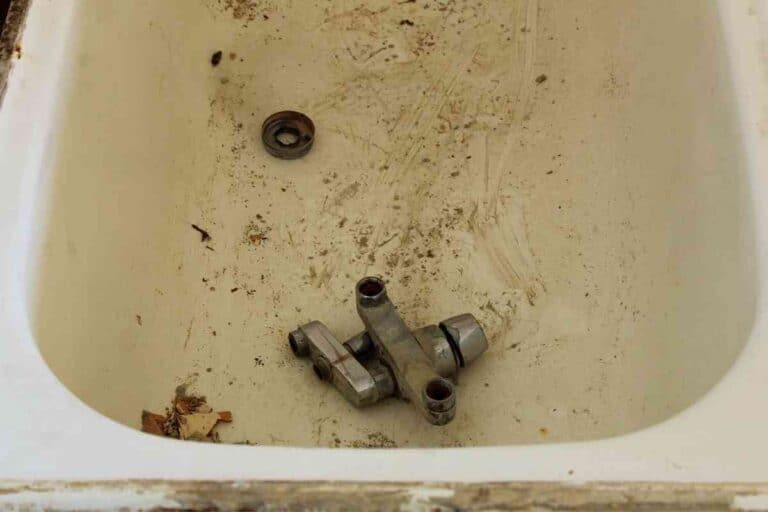Do Composting Toilets Need Ventilation?
Composting toilets present an eco-friendly solution for waste management by eliminating the need for water and significantly reducing environmental impact.
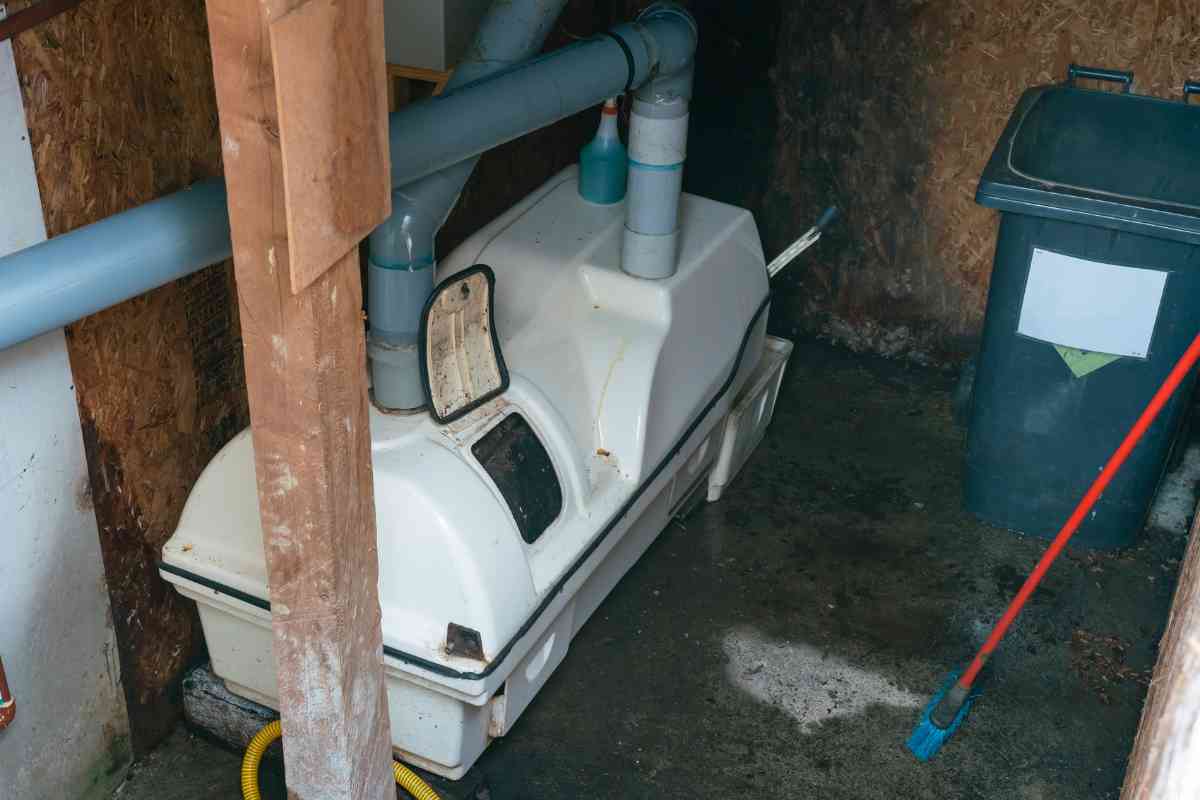
Related Post! A Step-By-Step Guide To Building A DIY Composting Toilet
Do Composting Toilets Need Ventilation?
Yes, composting toilets require ventilation to effectively manage odors and facilitate the aerobic decomposition of waste. Proper airflow prevents the accumulation of moisture and harmful bacteria, ensuring the system functions efficiently and remains hygienic. Ventilation is crucial for both the longevity of the unit and the comfort of users.
Proper ventilation is crucial to their effectiveness, not only to minimize odors but also to facilitate the aerobic decomposition process, which is necessary for turning human waste into nutrient-rich compost.
Key Takeaways
- Ventilation Is Crucial: Proper airflow is essential for odor control and efficient waste decomposition.
- Benefits of Waterless Systems: These toilets are environmentally beneficial, reducing water use and pollution.
- Maintenance Tips: Regular emptying and use of natural materials can greatly improve the functionality and user experience of composting toilets.
Why is Ventilation Critical?

Good ventilation in composting toilets ensures that air circulates efficiently through the composting chambers, preventing the accumulation of harmful bacteria and unpleasant smells. This is especially important in humid climates where the risk of dampness and resultant odors is higher.
Related Post! Should You Put Sawdust In A Composting Toilet?
How Does Ventilation Work in Composting Toilets?
The most common system involves passive ventilation, typically achieved through wind-driven vents or electric fans. These components help maintain airflow, drawing fresh air into the chamber and expelling moist, odorous air. It’s crucial to install these vents properly; they should be spaced adequately to avoid creating areas of stagnant air that could hinder the evaporation and aerobic processes essential to composting.
Best Practices for Ventilation
When setting up a composting toilet, especially in a tiny home or other compact living space, consider the following:
- Wind-Driven Vent: These are ideal for continuous, energy-efficient air exchange.
- Electric Fan: Use an electric fan for active ventilation if your setup is in a particularly damp or enclosed space.
- Regular Maintenance: Check and clean vents and fans regularly to ensure they are free of debris and functioning optimally.
By integrating effective ventilation into your composting toilet setup, you can enjoy the benefits of a hygienic, odor-free, and environmentally sustainable alternative to traditional sewage treatment methods.
Related Post! Do Composting Toilets Smell?
Exploring the Advantages of Ventilated Composting Toilets
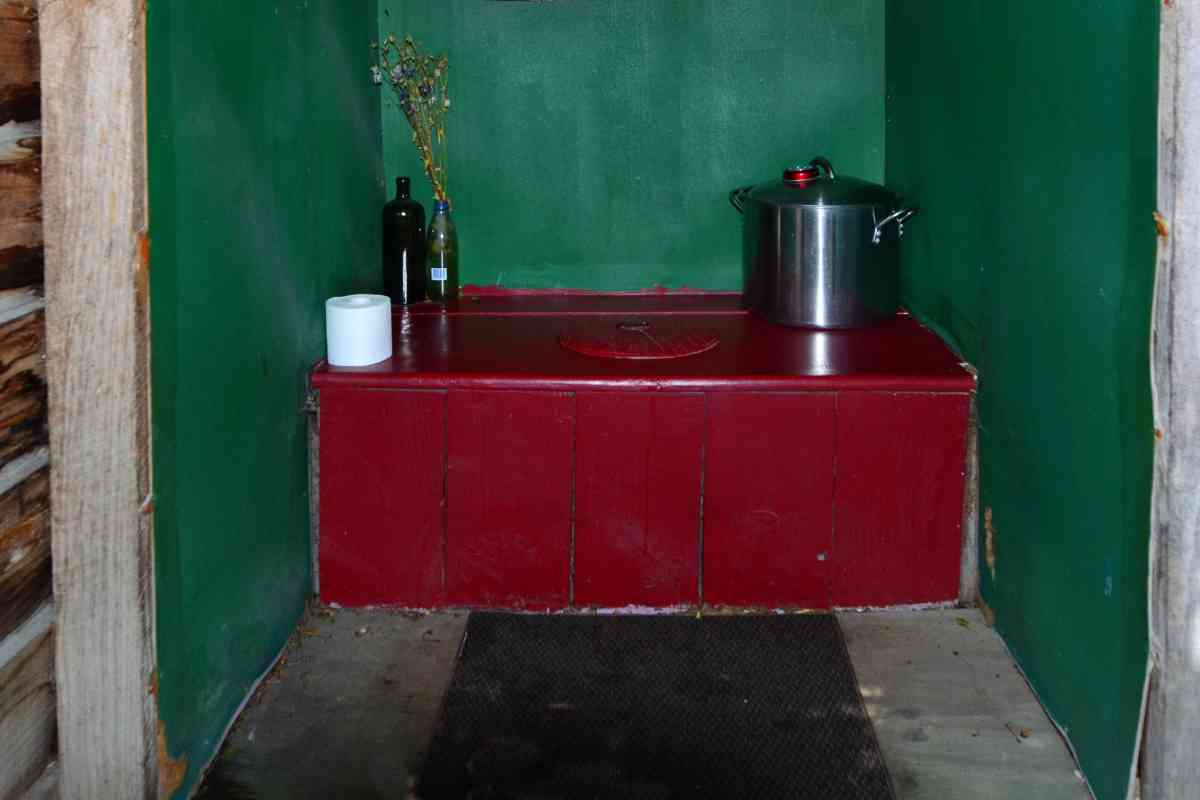
Ventilated composting toilets provide several key benefits over traditional water-reliant systems, making them a favorite for eco-conscious enthusiasts and those involved in green building:
- Odor Control: Effective airflow significantly reduces unpleasant smells, keeping your bathroom fresher.
- Bacterial Safety: Proper ventilation prevents the buildup of harmful bacteria by keeping the internal environment dry and aerated.
- Energy Efficiency: These systems require minimal electricity, lowering energy costs compared to conventional toilets.
- Environmental Benefits: By eliminating the need to flush, these toilets reduce water usage and prevent pollution of water bodies.
- Low Maintenance: Without water lines or sewage pumps, these units are easier and cheaper to maintain over time.
Ventilation Solutions for Composting Toilets
From our research, one effective way to ventilate your composting toilet is using Nicro day/night solar vents. These are powered by solar-charged batteries, which help conserve energy. As for cover materials, many users recommend coconut coir or peat moss to aid in the composting process and control moisture.
Tips for Enhancing Ventilation
To optimize ventilation in your composting toilet:
- Install an Appropriate Fan: Choose a ventilation fan that matches the size of your bathroom to avoid over-powering the space or creating negative pressure.
- Proper Placement of Vents: Space vents strategically to ensure efficient moisture control without trapping humidity, which could lead to odors.
- Consider a Dehumidifier: In especially humid environments, a dehumidifier can further reduce moisture and enhance the overall effectiveness of your system.
Additional Considerations
Remember, the choice of bucket, placement of the toilet lid, and the use of a compost pile or self-contained unit should align with your space and needs. Every setup requires a little troubleshooting from time to time, so stay informed about latest developments and modifications that could improve your system’s efficiency and user experience.
By embracing these innovative practices, you can ensure your composting toilet operates optimally, contributing to both your home’s sustainability and your comfort.
Related Post! How to Make Super Compost: A Step-by-Step Guide
Exploring the Benefits and Maintenance of Waterless Composting Toilets
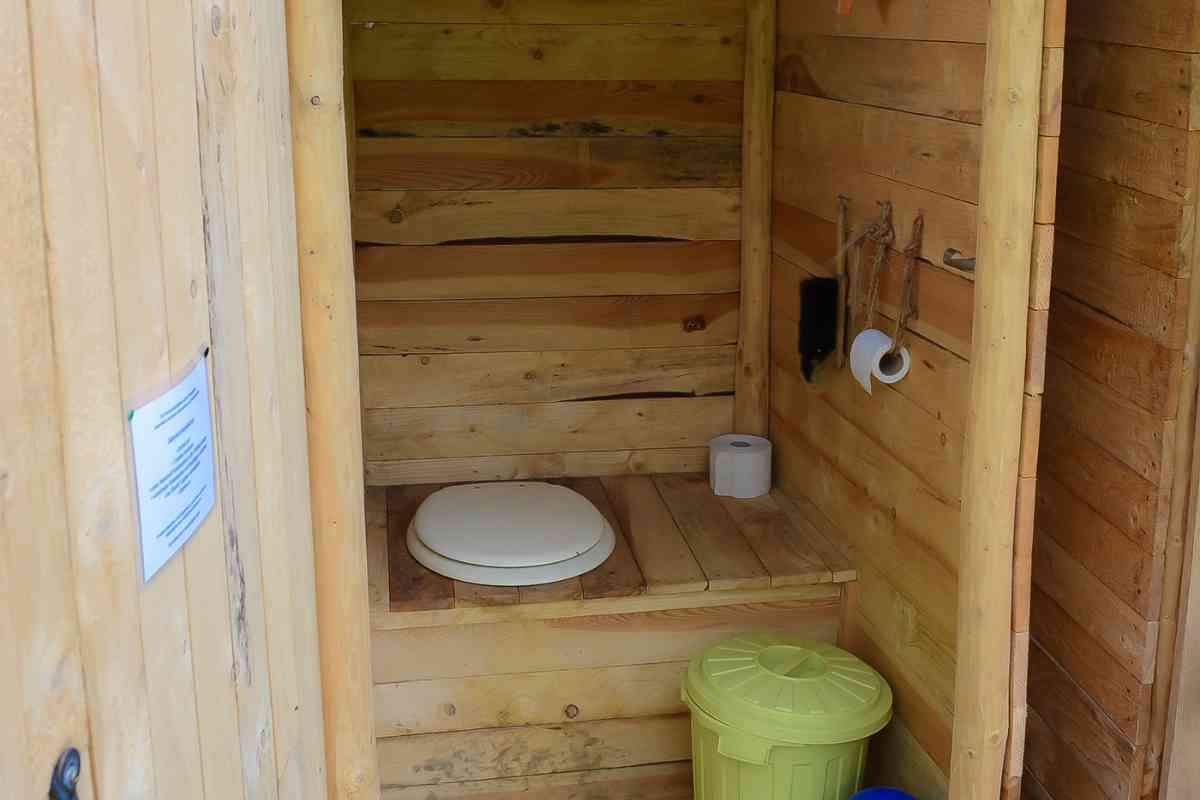
Waterless composting toilets offer an eco-friendly alternative to traditional waste systems by eliminating the need for water, complex plumbing, or electricity. These systems not only lower energy costs but also reduce maintenance requirements, making them ideal for remote installations where weather conditions can affect infrastructure.
Environmental and Practical Advantages
The design of waterless composting toilets minimizes land use as it recycles human waste into valuable fertilizer instead of sending it to sewage treatment facilities. This process significantly decreases environmental pollution, aligning with the principles of green building and sustainability practiced by companies like Waterless Composting Toilets NZ Limited.
Challenges of Inadequate Ventilation
A lack of good ventilation in composting toilets can lead to several issues:
- Bacterial Accumulation: Without adequate airflow, harmful bacteria can thrive, posing health risks.
- Mold Growth: Poor ventilation often results in high humidity levels, encouraging mold development which can lead to musty odors.
- Inefficient Decomposition: Excess moisture can slow down the composting process, requiring more effort to manage and extend the time needed to turn waste into compost.
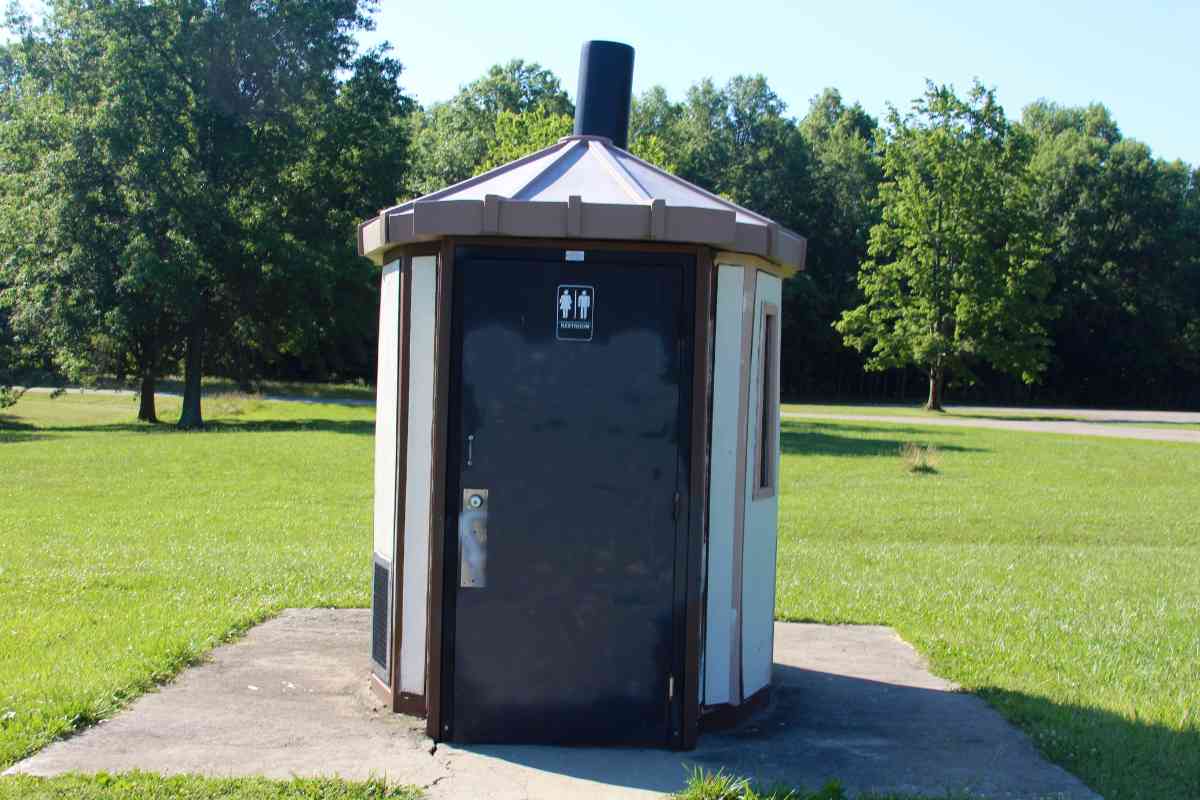
Strategies to Mitigate Odors in Composting Toilets
Effective odor management in composting toilets involves several proactive steps:
- Proper Installation of Ventilators: Ensure ventilators are correctly installed with sufficient space between them to prevent moisture accumulation.
- Use of Natural Filter Materials: Materials such as wood chips, dry leaves, or shredded paper can help separate liquids from solids, reducing odors.
- Regular Maintenance: Cleaning out the composting chamber regularly prevents buildup on the walls that could cause unpleasant smells.




